In today’s digital world, securing your corporate network is more important than ever. Every company, no matter the size, faces threats from cybercriminals trying to exploit vulnerabilities within their network. Without a robust security system in place, you risk exposing sensitive data, losing financial resources, and damaging your reputation.
This article will guide you through the best practices for securing a corporate network, providing you with practical steps to enhance your network’s security. By following these practices, you can protect your business from cyberattacks and ensure your data remains safe.
Key Takeaways
-
Implement role-based access control to limit access to sensitive data.
-
Regularly update and patch software to avoid security breaches.
-
Use strong firewalls and intrusion detection systems to monitor network traffic.
-
Encrypt sensitive data and ensure proper backup procedures.
-
Educate employees on cybersecurity best practices to reduce human error.
Understand Your Network Architecture
Assess Your Current Network Infrastructure
Before diving into securing your network, it’s important to understand its current state. Review your network layout to identify vulnerable areas and determine where sensitive data is stored and processed. By mapping your network, you can spot weaknesses and know exactly where to implement stronger security measures.
Tools to Help You Map Your Network:
-
Network Scanners: Tools like Nmap and SolarWinds can help you scan your network for vulnerabilities.
-
Network Monitoring Tools: Use systems such as Nagios or PRTG to track network activity.
Network Segmentation
One of the most effective ways to secure your network is by segmenting it. Network segmentation divides your network into smaller, isolated parts, which limits the access of unauthorized users to sensitive data.
For example, sensitive information like customer data should be kept separate from general network traffic. This helps reduce the risk of a breach and makes it easier to contain potential threats.
Implement Strong Access Control
Role-Based Access Control (RBAC)
Role-based access control (RBAC) is a method of restricting system access to authorized users based on their roles within the organization. By limiting access, you reduce the chances of a breach and protect sensitive data from unauthorized eyes.
For example, the finance team should only have access to financial systems, while marketing employees only need access to marketing tools. This ensures that employees can only access the data they need to do their jobs.
Multi-Factor Authentication (MFA)
Multi-factor authentication (MFA) adds an extra layer of security by requiring users to verify their identity through more than one method. MFA typically involves something the user knows (a password), something the user has (a phone or security token), and sometimes something the user is (a fingerprint or face scan).
Implementing MFA is one of the best ways to ensure that unauthorized individuals cannot gain access to your systems, even if they have a password.
Use Firewalls and Intrusion Detection Systems
Firewalls
A firewall acts as a barrier between your network and the outside world, filtering out malicious traffic and allowing only legitimate traffic to pass through. It’s essential to configure firewalls correctly to block unauthorized access and protect your network.
Best Practices for Configuring Firewalls:
-
Use both hardware and software firewalls to protect against external and internal threats.
-
Set rules for incoming and outgoing traffic to ensure only necessary data is transmitted.
Intrusion Detection Systems (IDS)
Intrusion Detection Systems (IDS) are used to monitor network traffic for any suspicious activity that could indicate an attack. IDS can detect threats like unauthorized access, malware, and denial-of-service attacks.
While IDS won’t block threats automatically (unlike Intrusion Prevention Systems), it will alert administrators to take immediate action, making it a crucial tool in detecting and mitigating security risks.
Regular Updates and Patches
Keep Software Updated
Regularly updating your software, including operating systems, applications, and network devices, is essential in maintaining a secure network. Cybercriminals often exploit known vulnerabilities in outdated software, so applying patches and updates helps prevent these types of attacks.
Automating Updates:
To make this process easier, you can configure automatic updates for critical software, ensuring you stay protected without manual intervention.
Updating Network Devices
Don’t forget about your network devices—routers, switches, and firewalls should also receive regular updates. Many device manufacturers release firmware updates to address vulnerabilities and improve security.
Secure Endpoints and Devices
Endpoint Security
Any device that connects to your network, including laptops, desktops, and smartphones, represents a potential vulnerability. Implementing endpoint security helps you ensure that devices are protected from malware, unauthorized access, and other threats.
Tools for Endpoint Security
-
Antivirus Software: Protects devices from malware and other threats.
-
Endpoint Detection and Response (EDR): Provides real-time monitoring for suspicious activities.
Mobile Device Management (MDM)
With more employees working remotely, mobile device management (MDM) is crucial for securing mobile phones, tablets, and laptops that connect to your network. MDM solutions allow you to enforce security policies, remotely wipe data, and ensure that devices are properly configured.
Employee Education and Awareness
Cybersecurity Training
Your employees are one of the weakest links in network security. Phishing emails, weak passwords, and poor online habits can all lead to security breaches. That’s why educating your team on cybersecurity best practices is vital.
Training should include:
-
Identifying phishing attempts
-
Creating strong passwords
-
Understanding safe browsing practices
Fostering a Security Culture
Encourage a culture of security within your company by promoting cybersecurity awareness across all levels of the organization. Make it a priority to ensure that employees understand the importance of network security and how their actions can affect the overall safety of the network.
Data Encryption and Backup
Data Encryption
Encryption is one of the most powerful tools for protecting sensitive data. By encrypting your data, even if it’s intercepted by cybercriminals, they won’t be able to read it without the decryption key.
Backup and Recovery
Regular data backups are essential in the event of a cyberattack or system failure. Ensure that you have automated backup systems in place to protect your critical data. Test your backups regularly to ensure they can be restored quickly if needed.
Network Monitoring and Incident Response
Network Monitoring
Continuous monitoring of your network helps detect suspicious activity and potential security threats. Tools like SolarWinds and PRTG Network Monitor allow you to keep an eye on traffic patterns and network performance in real-time.
Incident Response Plan
Despite your best efforts, cyberattacks can still happen. Having a well-structured incident response plan in place allows your team to act quickly and minimize the damage caused by a breach. Your plan should include steps for containment, eradication, recovery, and communication with stakeholders.
Compliance with Industry Standards
Regulatory Compliance
Depending on your industry, you may be required to comply with certain regulations such as GDPR, HIPAA, or PCI-DSS. These regulations provide guidelines on how to handle and protect sensitive data, ensuring that companies follow best practices in network security.
Security Audits
Conducting regular security audits helps identify weaknesses in your network and ensures compliance with regulations. These audits can be performed internally or by third-party firms who specialize in cybersecurity.
My Opinion
Securing your corporate network is an ongoing process, but by following the best practices for securing a corporate network outlined in this article, you can significantly reduce your vulnerability to cyber threats. From regular updates to educating employees and monitoring network traffic, every step you take brings you closer to a more secure and resilient network.

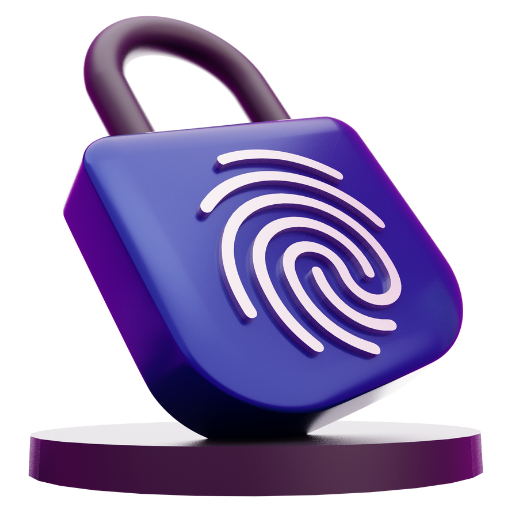


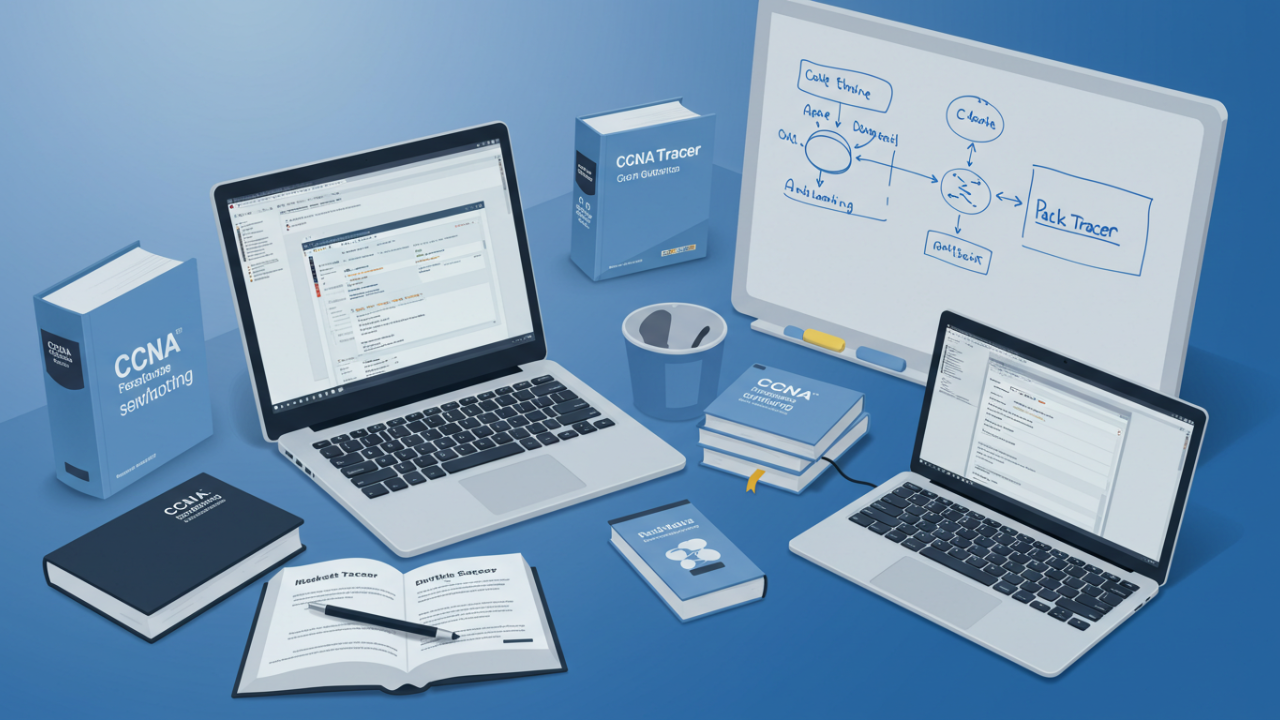


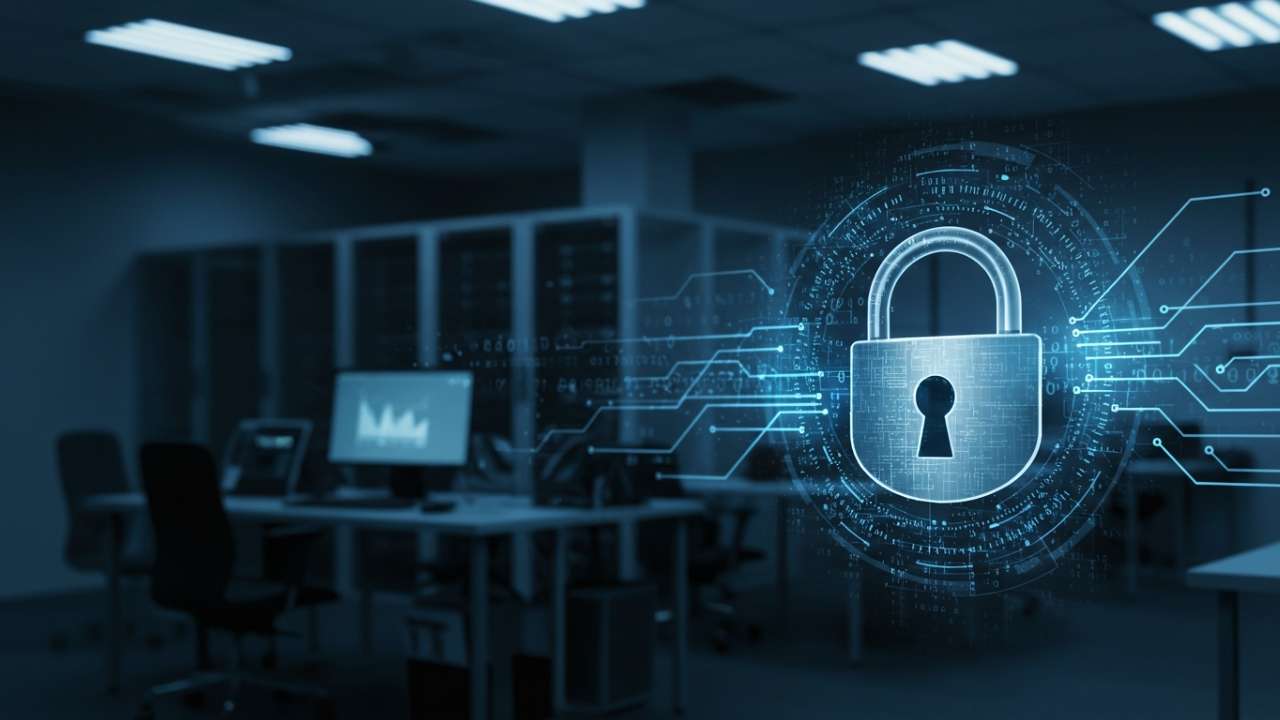
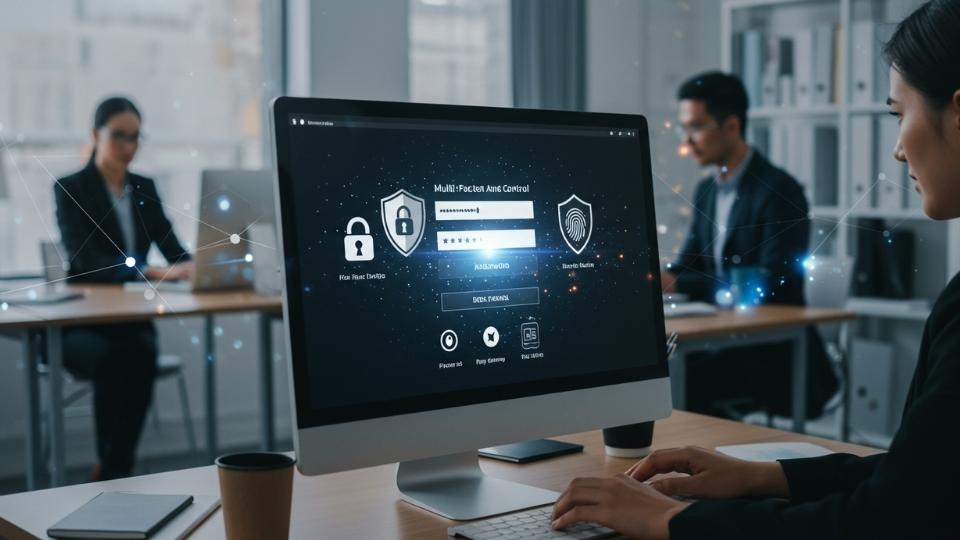


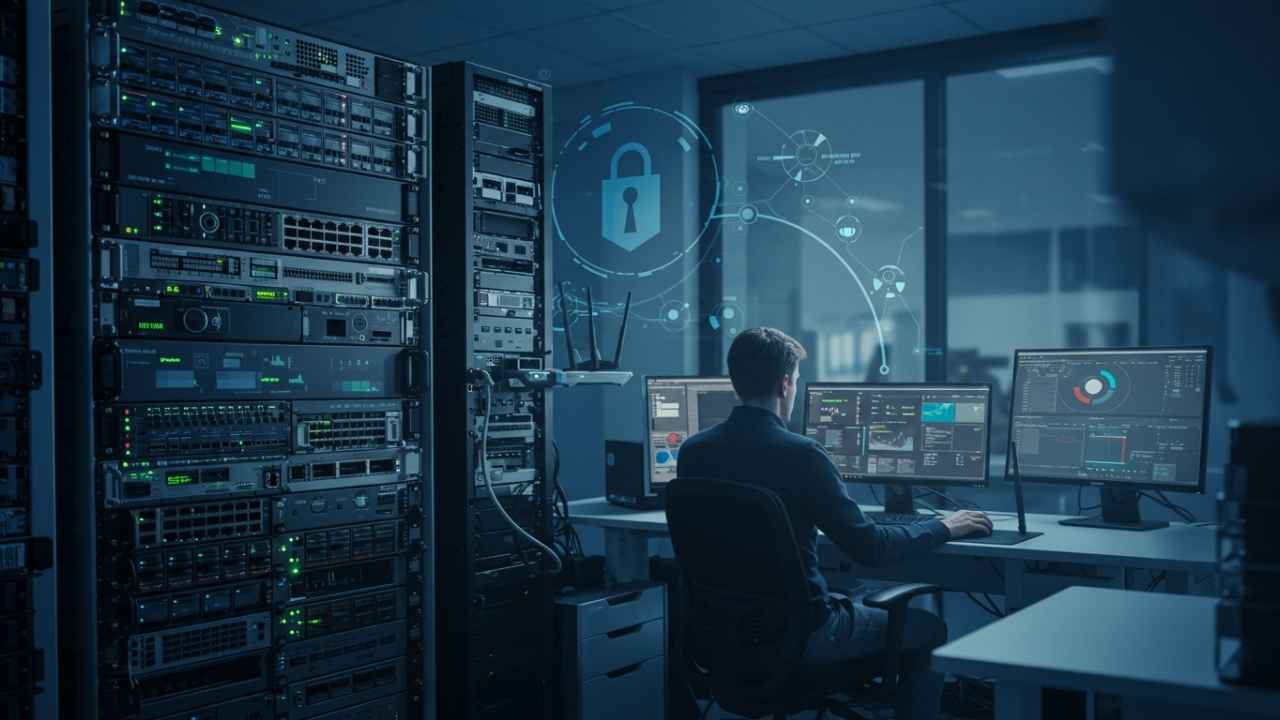
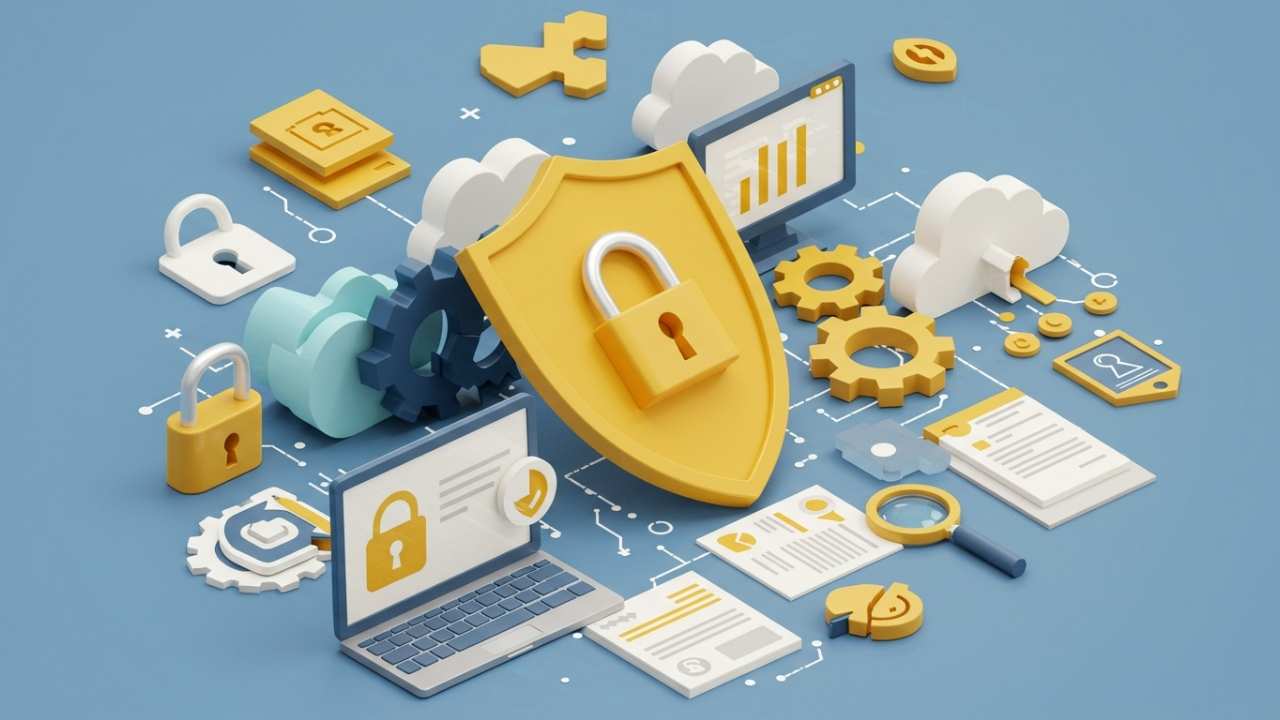

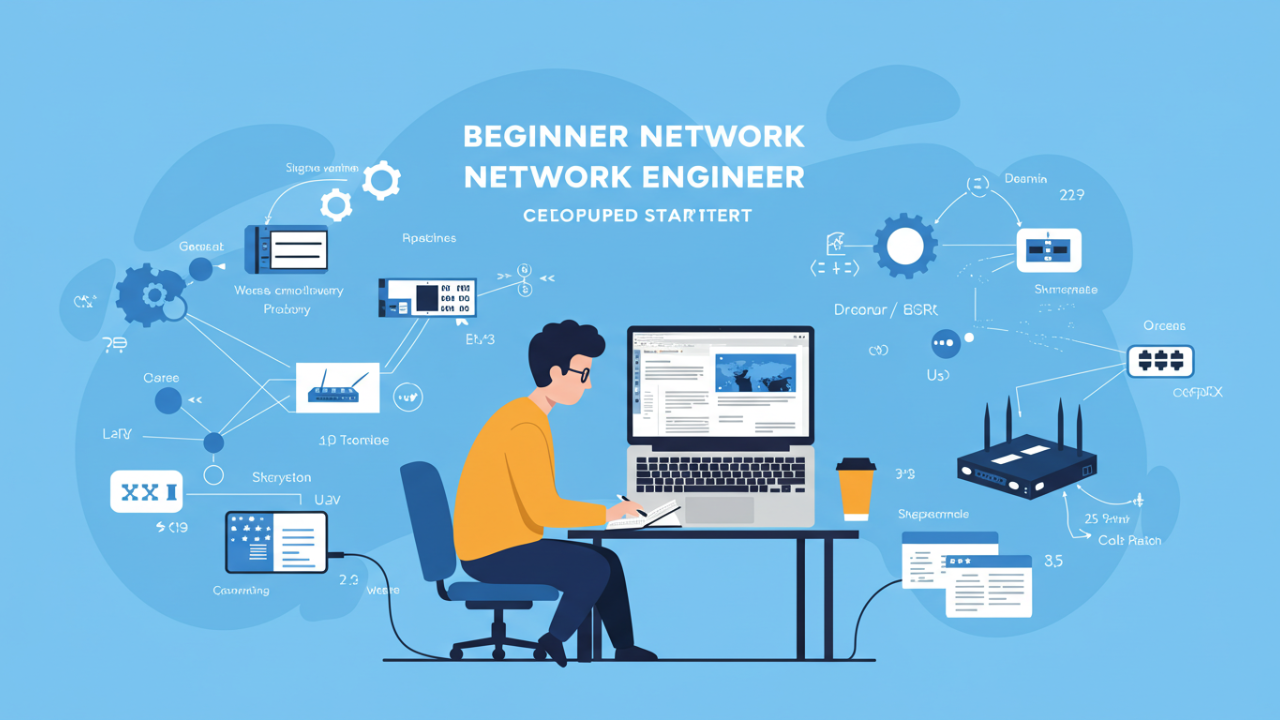

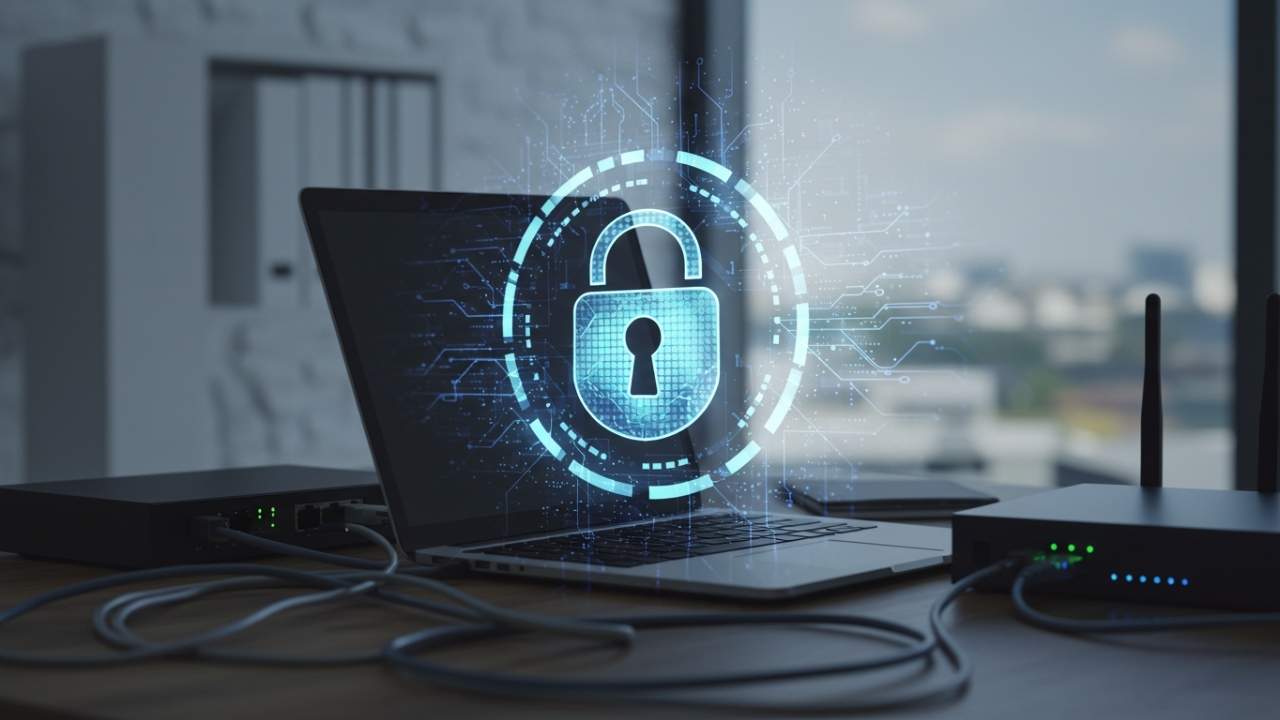
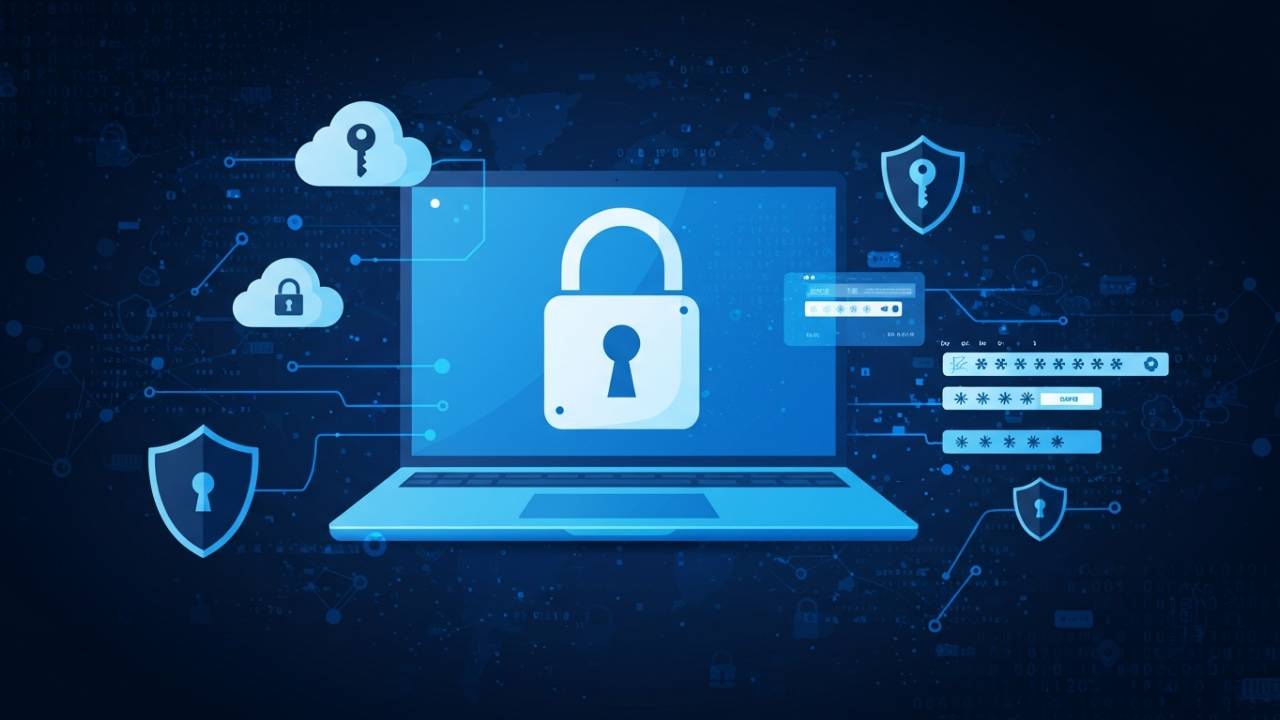

Leave a Reply